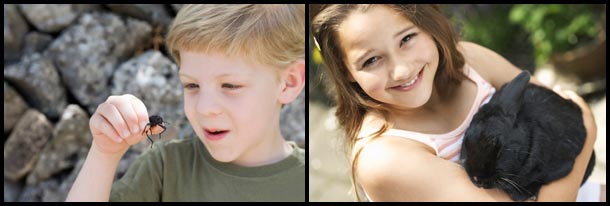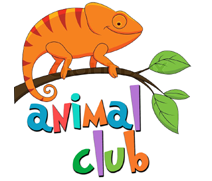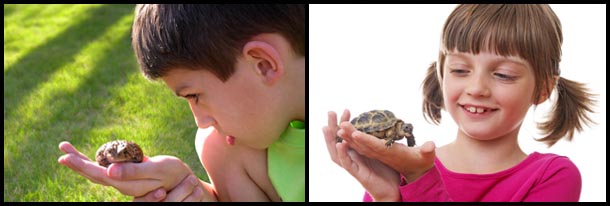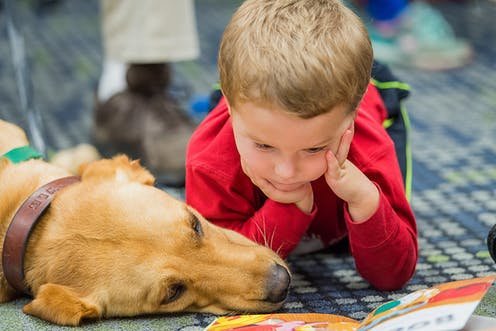Curiosity is one aspect that we foster in every child. Children can get excited very quickly when they come in contact with any animal. It could be a squirrel in the park or a friendly neighborhood dog. When children encounter an animal, they will try to find out how the animals react to different stimulus. They may reach out their hands to touch the animal or try to make sounds to attract the animal. Some may even try and feed the animals to encourage the animals to come closer. Studies show that all these interactions have an important significance on the children’s development.
Children love animals for who they are
Adults mostly value animals for what they can provide like meat, wool, silk, and fur. Children, on the other hand, value animals simply because they are. They are driven by an innate instinct to look after small and vulnerable animals. Sometimes, you may feel that children squishing a bug under their foot could mean they are intolerant towards animals. But the truth is that they may only be discovering what happens if the bug comes under their foot. In fact, some may become extremely sorrowful to discover that the bug has died.
This helps children be more empathetic towards other life forms and teaches them to value things that have life. A learning like this strengthens the moral values of children and helps in children’s development. When children are among wildlife, they are thrilled to learn about the animals naturally. Since animals like bugs, butterflies, and worms are considered mysterious, children feel lucky to find one of them. They may want to look after the bugs or to bring them home. Some may follow frogs or ducks to the pond, where they end up discovering more wildlife. Studies report that children who learn to love and care for animals tend to be sensitive towards other humans too.
Are your fears right about children – animal interactions?
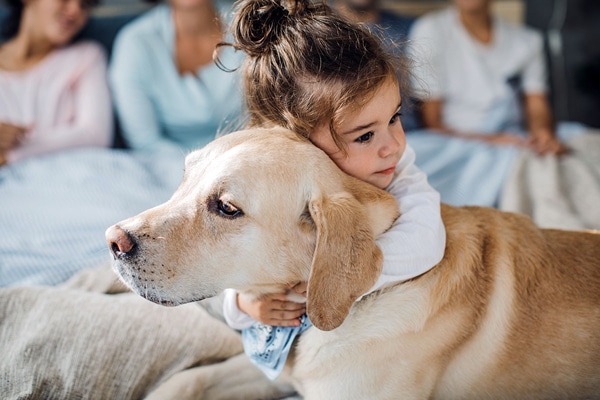
Some fear that animals may attack the children while others fear that children would chase away or yell at animals. Both these fears are well-founded. If children tend to yell and run after the animals, then the animals may react by running away or attacking. Children must be made aware of these actions to help them build a positive behavior. They may want to find out what happens if they do something, like yell or run or touch the animal. When they see how an animal reacts to their actions, children learn about their capabilities and helps in the children’s development. It helps them understand the impact they may have on wildlife, no matter how big or small the animal is.
Some of the ways in which you can positively encourage children to connect with animals are:
- Take the children outdoors as often as possible. Allow them to explore everything around them at their own pace. Do not enforce your observations on the children. Give them the opportunity to look around and experience nature on their own. Once you return home or to the classroom, you can discuss their observations. This will help children share what they saw and felt.
- Talk to children about animal reactions. If a child squishes a bug, then help them understand how the child could save bugs in future. The more you positively reinforce animal encounters; the more comfortable children will be among animals.
- If you have a pet in the house or classroom, involve children in caring for them. For example, they can feed the fishes under your supervision.
Animal Club hosts animal parties and animal handling workshops with a similar goal. The idea is to help children connect with animals through the animal party or animal workshop. We also conduct animal school visits so that children can learn about wildlife prior to a lesson on the same.
